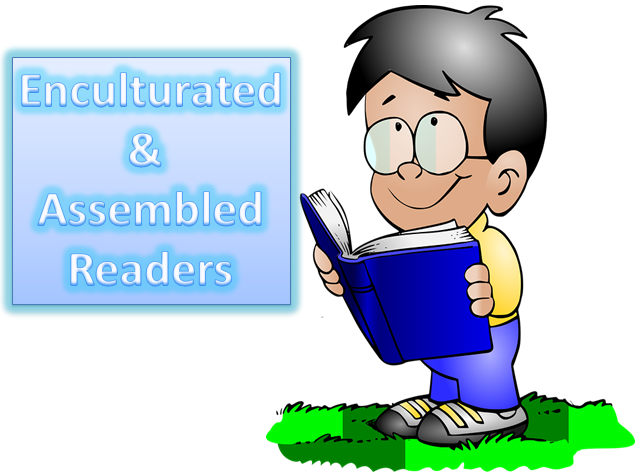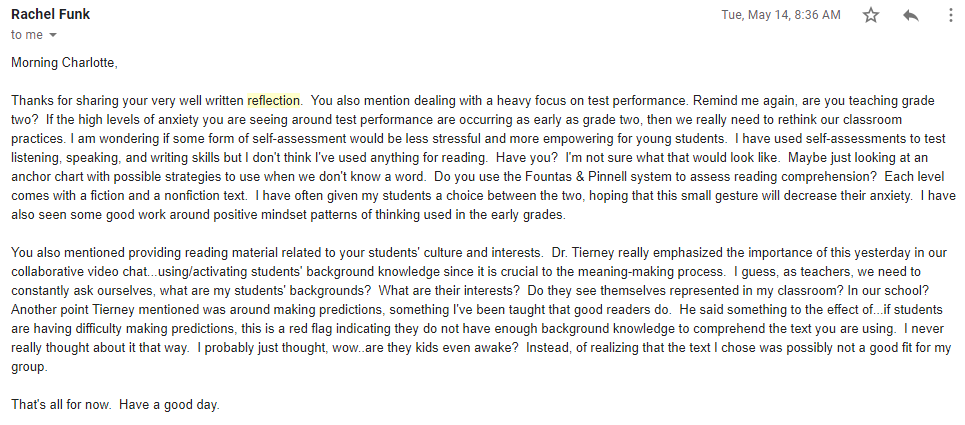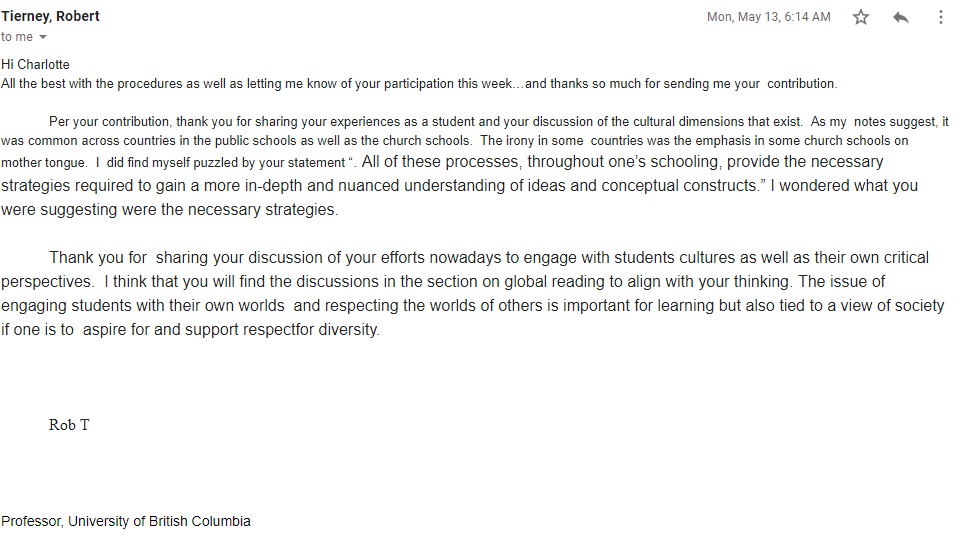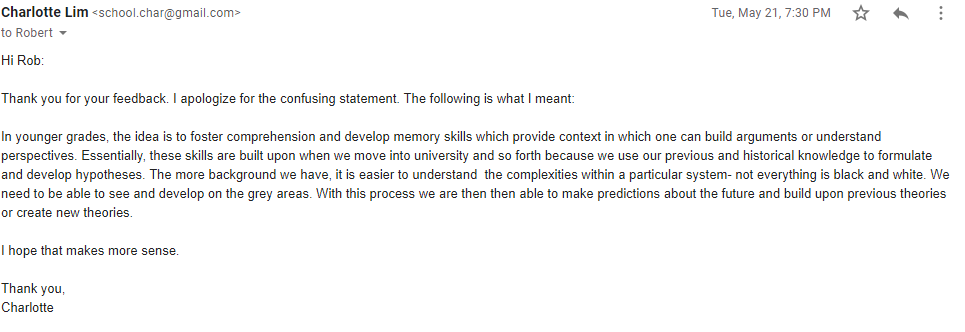Enculturated and Assembled Readers
Prior to attending school, in my birth country, Pakistan, enculturation occurred through the means of oral literacy. Families and friends shared stories about the culture and way of life. Over time, children imitated their loved ones and learned how to conduct themselves. Once they started attending school, enculturation was presented in the form of literary texts. While I learned about other countries, such as Africa and China, the primary focus was learning how to speak the two main languages, Urdu and English, and the basic reading, writing and arithmetic skills that would enable children to conduct themselves in society. Education was focused on the historical events of the country with the underlying aim of patriotism. Newspapers, while delivering negative news also presented stories in a patriotic manner. From a female perspective, girls were taught their place in a male dominated and patriarchal society through the means of oral and written media.
Being Catholic, my education was presented in the form of oral and literary texts. I prayed with my family and attended mass on a daily basis. I also attended an all-girls Catholic school. Throughout these lessons, explanations were orally presented but the actual lessons came from the bible or payer books. From a young age, children are taught how to read using a children’s bible as the center of their lessons. I thoroughly enjoyed this process and did not realize that it was a form of enculturation until reading the articles for this week and writing this reflection.
Upon my arrival in Canada, I discovered that there was a larger emphasis on “skills-based curriculum” where students worked on skills, such as, “reading readiness; word recognition; comprehension and critical reading; literary understandings; and study skills” (Tierney, 2019, p. 1). While this was important in Pakistan, I feel that the latter three skills were lacking as the ideal in that country was to indoctrinate students with the highly patriarchal norms of Pakistan; we were not taught or expected to question this way of life. Change, for the most part was expected to be dealt with by Pakistani officials or those in charge of running the country. Therefore, these skills were refreshing to me. The concept of critical reading was first taught to me in university when I was required to critically read literature in detail and attend class ready to present a point of view and perhaps change my stance on a topic. I had never heard of reading in such depth prior to these courses. During my high school years, I was reading for comprehension and rote memorization. All of these processes, throughout one’s schooling, provide the necessary strategies required to gain a more in-depth and nuanced understanding of ideas and conceptual constructs.
The concept of critical reading was first taught to me in university when I was required to critically read literature in detail and attend class ready to present a point of view and perhaps change my stance on a topic. I had never heard of reading in such depth prior to these courses. During my high school years, I was reading for comprehension and rote memorization. All of these processes, throughout one’s schooling, provide the necessary strategies required to gain a more in-depth and nuanced understanding of ideas and conceptual constructs.
During my Education degree at the University of British Columbia, I learned about the significance of using reading skills and their correlation to study strategies, such as the importance of comprehension or reading between the lines when understanding inferencing. As I progressed through my degree, I began to understand the importance of differentiating education. Currently, I have small reading groups with specific readers that are meant to target individual students in a small group setting. This system works but ultimately, I find that we focus so heavily on a “students’ performance on tests” for the purpose of record keeping for our administration and parents (Tierney, p. 2). Many times educators tend to either forget or are oblivious to the fact that many children, while enjoying that one-on-on or small group setting with their teacher, often have high levels of anxiety when they know they are being assessed and that there is a possibility that their parents might see their progress or lack thereof.
“Reading anxiety and reading achievement are related in a recursive negative feedback loop: low reading achievement can lead to anxiety about reading and anxious thoughts about reading can create intrusive worries around ability that decrease reading performance above and beyond one’s skill level” (Ramirez, et. al., 2019, p. 28). Therefore, to help ease their worries, I try to practice with them over time, giving them non-graded assessments to show them their progress. We also practice expressive reading to augment the dramatic and emotive experience by the reader to encourage enjoyment in learning the material. It is also important for me, as a teacher to incorporate books that are not only at their reading level but also ones that relate to their culture and interests so that their voices are heard, connections to their lives can be created, and their enthusiasm about reading is fostered at a young age. However, as I worked on this reflection, one question that continues to fester is if there are additional methods that do not shield students from performance anxiety but rather provide them with coping techniques to help mitigate that anxiety and still perform at a high level.
Reference Beyond The Required Readings
Ramirez, G., Fries, L., Gunderson, E., Schaeffer, M. W., Maloney, E. A., Beilock, S. L., & Levine, S. C. (2019). Reading anxiety: An early affective impediment to children’s success in reading. Journal of Cognition and Development, 20(1), 15. doi:10.1080/15248372.2018.1526175
Responses



